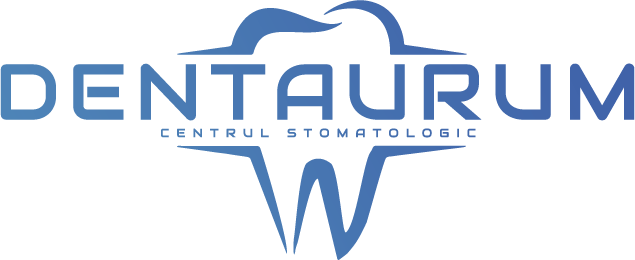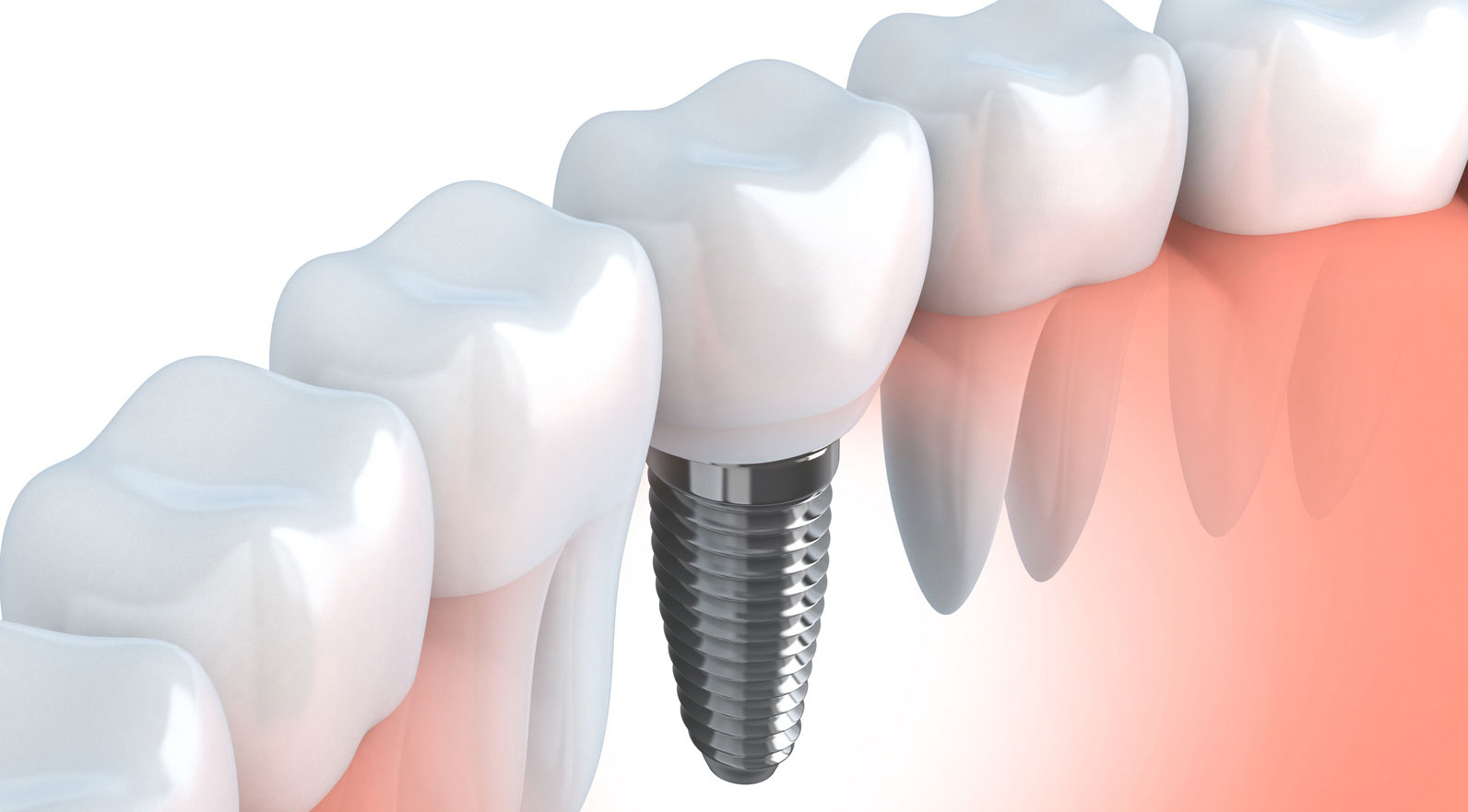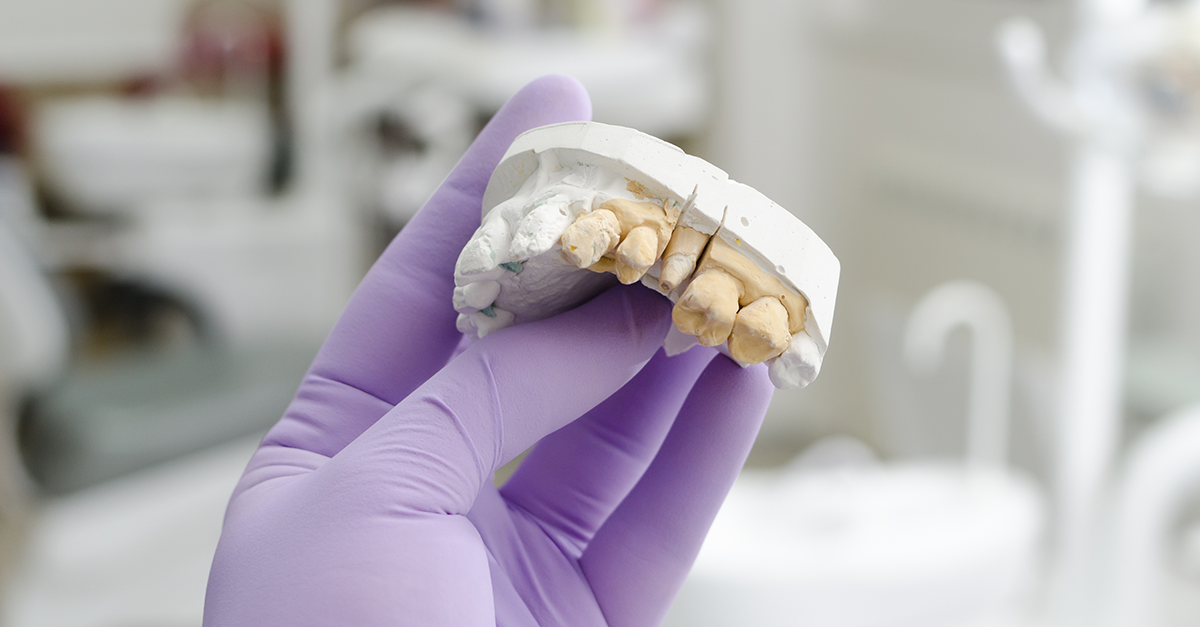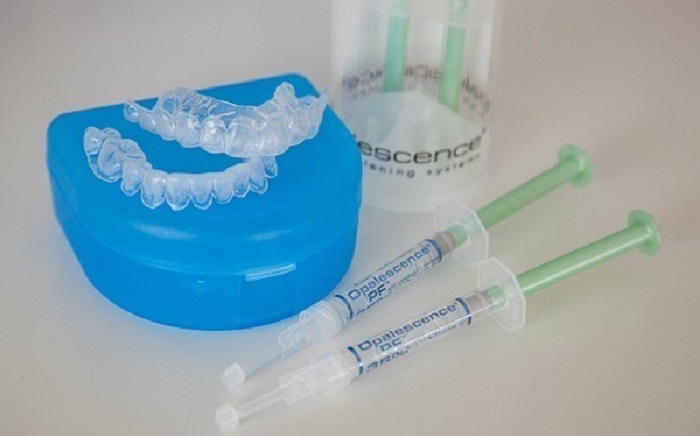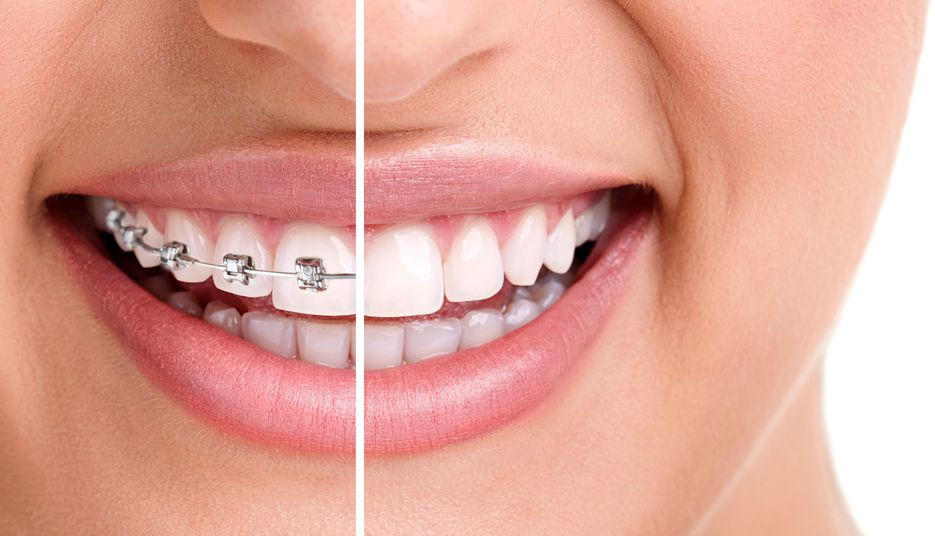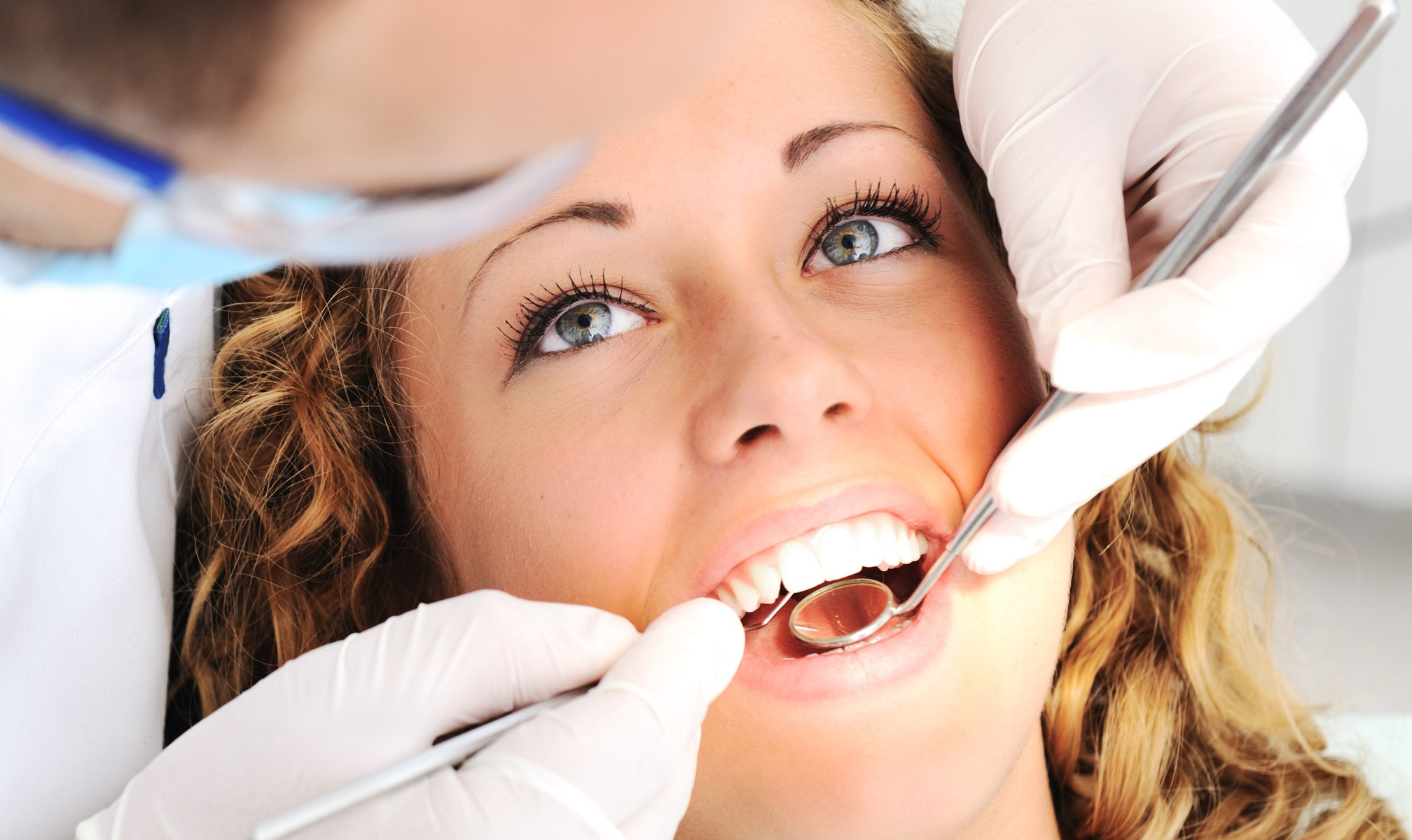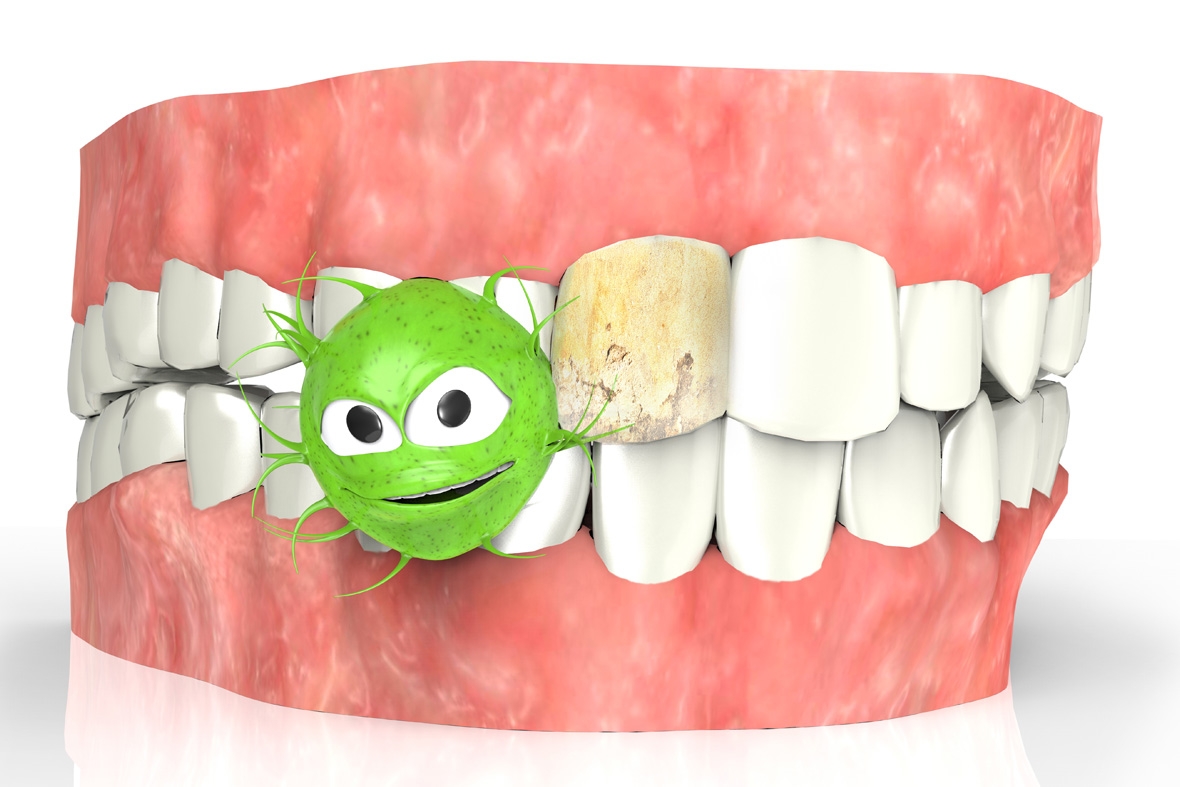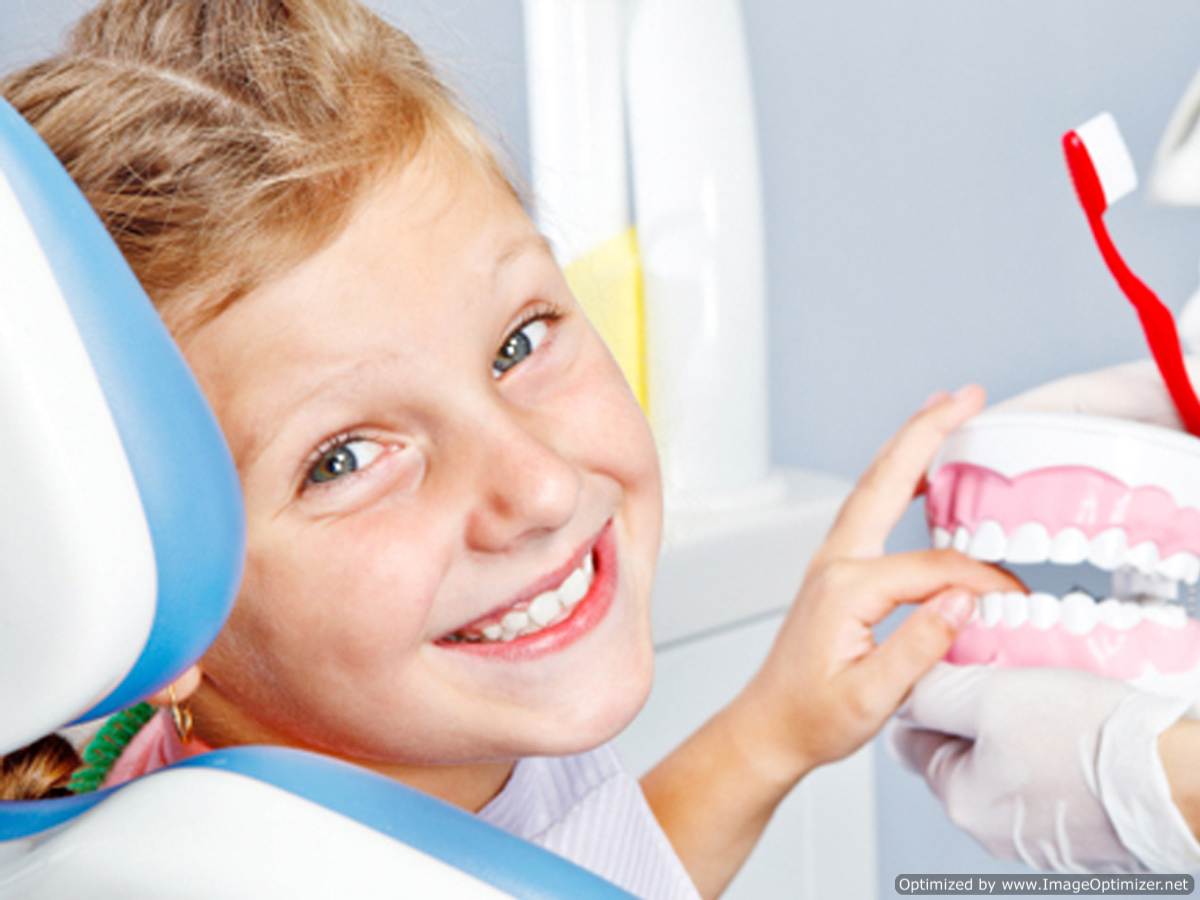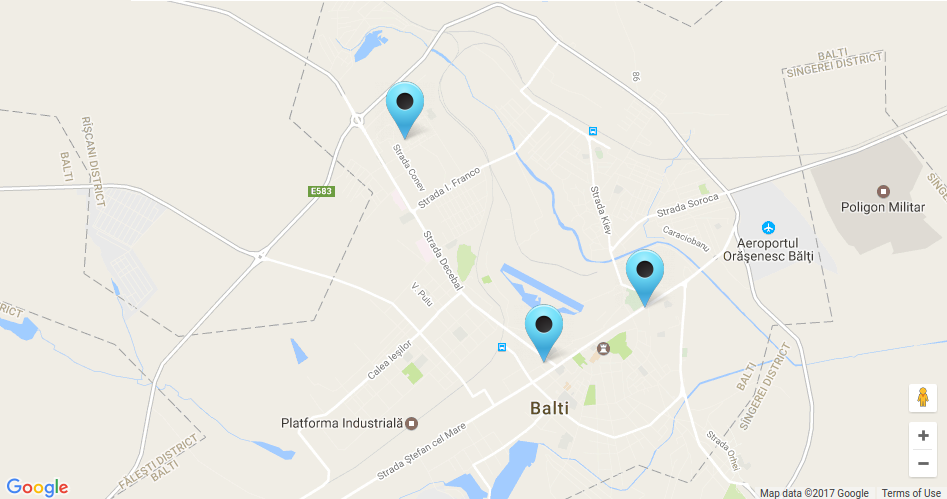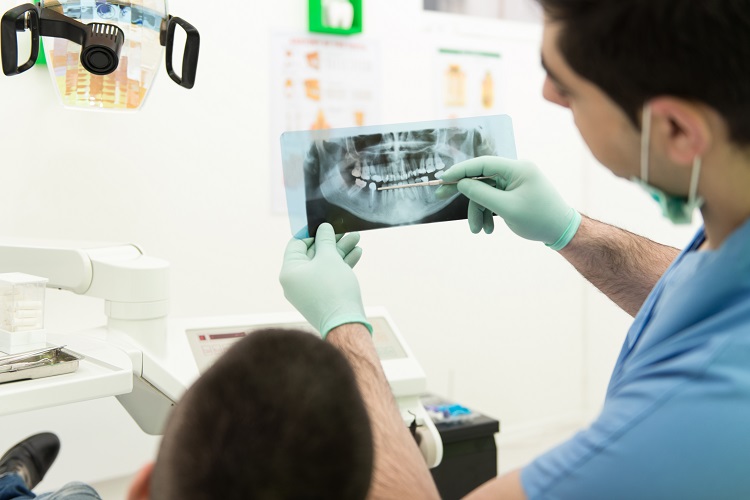
For addressing emergencies by establishing a correct diagnosis, as the implementation of a treatment plan, our clinic has panoramic dental x-ray devices. We considered this equipment absolutely necessary for completing both medical act, as to support patients who thus won't be forced to go for x-rays at another location.
Radiological devices are of the latest generation, being a digital apparatus whose main benefits are:
o reducing by up to 80%-85% of radiation dose compared to classic x-ray system;
o shorter exposure time;
o getting information in real time
o processing and archiving of the obtained image;
Possibility of processing the image on the computer is one of the advantages that digital imaging has on conventional film. Manufacturers include in the software programs a wide range of processing methods such as: altering contrast, inverting of the gray-scale tones, artificial coloring, measurements, etc. Most of the currently existing on the market digital sensors have a far superior resolution image comparing to the conventional film. This means that with digital x-rays, the doctor's can identify information that would not have been visible on a conventional film.
Panoramic dental radiography gives a picture of the entire maxillary system, where bone pathologies such as cysts, tumors, jaw-teeth, maxillary sinuses, TMJ pathologies, nasal passages, the route of certain nerves can be seen. All these data are extremely important because they cannot be detected in a clinical examination. Only then you can make a proper diagnosis and provide appropriate treatment solution with the best and predictable results. Although it seems that it's a rather complex investigation, the amount of radiation is extremely small.
DENTAL RADIOGRAPHY FOR CHILDREN
In children's case, x-rays can be used to monitor the teeth that erupt, allowing the pedodontics doctor to diagnose problems and draw up a plan for dental treatment. If dental problems are identified and treated in early stages, subsequent treatments are much more comfortable for your child and, at the same time, cheaper.
American Academy of Pediatric Dentists recommends x-ray examination every 6 months for children with high risk of caries. Pediatrics dentists are very concerned about minimizing patient's exposure to radiation. In compliance with current safety, quantity of x-rays received after an examination is very low and the risk is negligible. In short, dental radiography is a much lower risk than a unidentified and untreated dental problem.
RADIATION DOSES
The measurement unit for radiation dose that reach human body is called «millisievert» (mSv). Experts from American College of Radiology and the Radiological Society of North America appreciate that the maximum radiation dose accumulated over a year must not exceed 20 mSv. Of all x-ray investigations, dental radiography is the least radiation emitted, the dose being only 0.02 mSv.
|
Radiation source |
Dose |
|
Dental radiography |
0.02 mSv |
|
Mammography |
1-2 mSv |
|
Chest or pelvis CT |
4-8 mSv |
|
Complete CT |
10-12 mSv |
